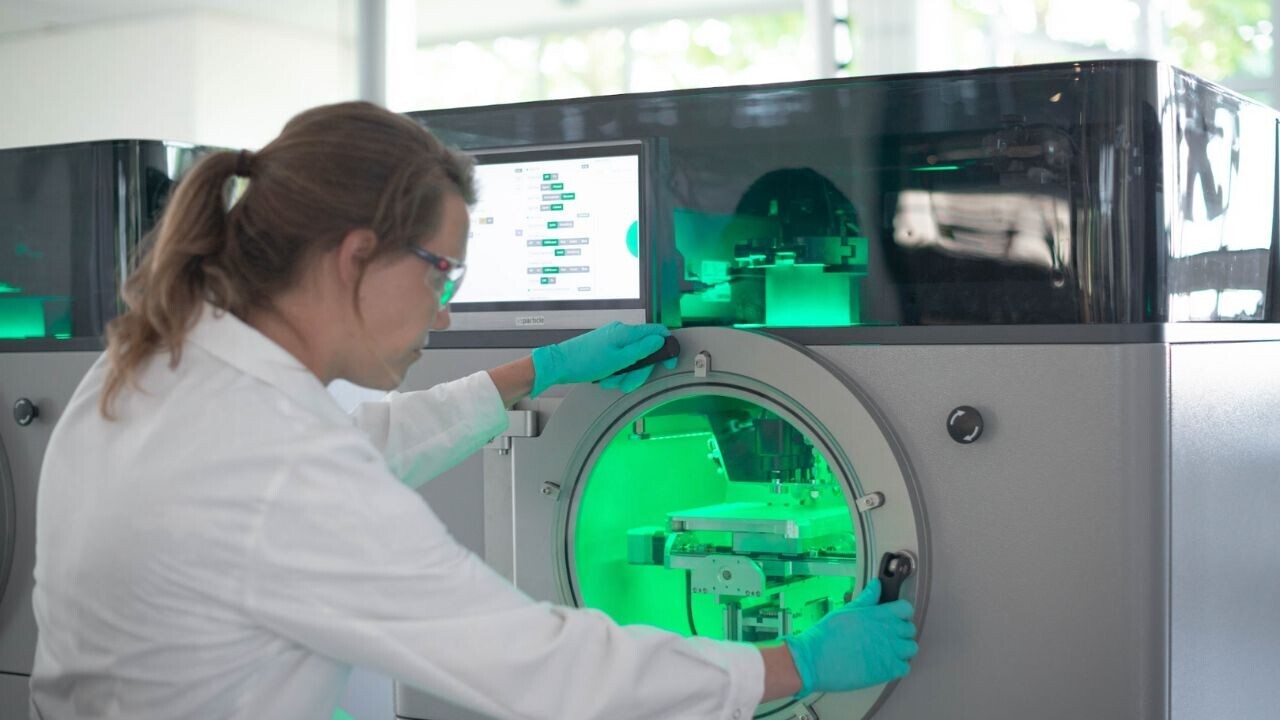
Delft-based VSParticle has raised €6.5mn to accelerate material discovery for industrial solutions, such as the production of green hydrogen.
Discovering new materials in the lab typically takes years, often close to 10 or even more. VSParticle aims to change this paradigm and reduce discovery time to as little as one year.
To do this, the company has tapped nanotechnology. It develops tools that can break down, synthesise, and manipulate materials at the nano-scale. Nano-scale particles of inorganic materials, also known as nanoparticles, exhibit unique properties that, when combined, can lead to the creation of novel materials.
The startup offers various tools for automated nanoparticle generation, synthesis, deposition, and prototyping which it says enable researchers and commercial R&D teams to experiment with new material creation. The integration of advanced computational tools into these processes also speeds up the identification and optimisation of novel materials.
According to Aaike van Vugt, co-founder and CEO at VSParticle, this accelerates the transition from lab to real-world applications and mass production.
“This is what enables us to bring down the material discovery time from a decade to only one year,” van Vugt told TNW.
The company’s flagship product, the VSP-P1 Nanoprinter, is already in use by various research teams across the world, including the Sorbonne University Abu Dhabi and the Dutch Institute for Fundamental Energy Research.

The printer can not only generate the desired nanoparticles, but also print them directly into a new product or integrate them as additional features “at the push of a button,” van Vugt said.
It comes with a user interface that enables researchers to easily modify parameters and experiment with various material configurations, making it possible to quickly test and refine different compositions.
Material discovery for energy applications
VSParticle’s technology can be used for a wide range of applications, from sensors to medical devices. It’s also particularly suitable for sustainable energy solutions.
One of them is the production of green hydrogen.
Catalyst-coated Porous Transport Layers (PTLs) are key components of electrolysers, which are essential for green hydrogen production. The technology enables the mass production of PTLs without relying on scarce materials like platinum and iridium — typically used for the catalysts.
VSParticle says its printers can help create new material combinations for PTLs. It expects 10x savings in scarce metals such as iridium, and the faster development of new products.
According to the startup, the first components using its technology will hit the market by 2027, leading to end products that can help scale green hydrogen production.
With the money, VSParticle plans to further develop its technology, aiming for next-generation printers with an up to 100 times higher output. It will also expand to Japan and double down in Europe and the US.
NordicNinja, the largest Japanese-backed VC firm in Europe, and previous investor Plural led the round. Existing backer Hermann Hauser Investment also participated. The capital injection brings the startup’s total funding amount to €24.5mn.
“Less than 1% of all possible inorganic materials have been unlocked,” van Vugt said. “The bigger goal of VSParticle is to unlock the other 99%.”
Get the TNW newsletter
Get the most important tech news in your inbox each week.




